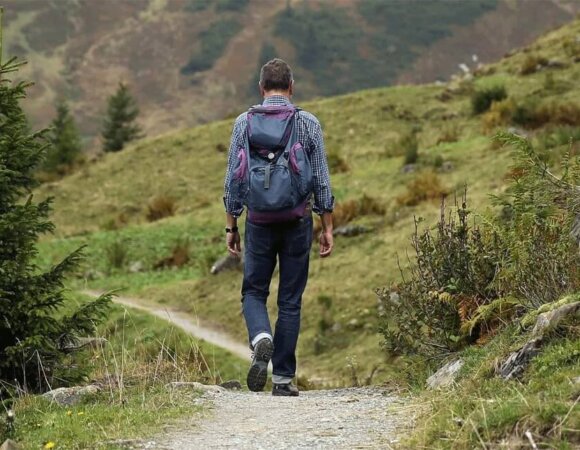3Rs of Sustainability for Tissue and Napkins
The 3Rs of Sustainability for Tissue and Napkins—Reduce, Reuse, Recycle—offers practical approaches to minimize waste and environmental impact. Each year, the global consumption of tissue products exceeds 40 million tons, with travelers contributing significantly to this figure. The production of these items requires substantial resources: one ton of virgin tissue paper requires approximately 17 trees, 20,000 gallons of water, and generates considerable greenhouse gas emissions. By understanding and implementing the 3Rs of Sustainability for Tissue and Napkins, eco-conscious travelers can significantly reduce their contribution to this environmental burden while still meeting their practical needs for cleanliness and convenience during travel experiences.
Table of Contents
ToggleSustainable travel has become increasingly important as global tourism continues to grow, with travelers becoming more conscious of their environmental footprint across all aspects of their journeys. Among the many disposable items used during travel, tissues and napkins represent a significant yet often overlooked source of waste. These seemingly innocuous paper products are ubiquitous in travel settings—from airline meal services to hotel bathrooms, restaurants, and on-the-go food consumption. The 3Rs of Sustainability for Tissue & Napkins provides travelers with a comprehensive framework for reducing the environmental impact of these everyday items while maintaining hygiene and convenience during their journeys.
Why Tissue & Napkin Sustainability Matters in Travel and Tourism
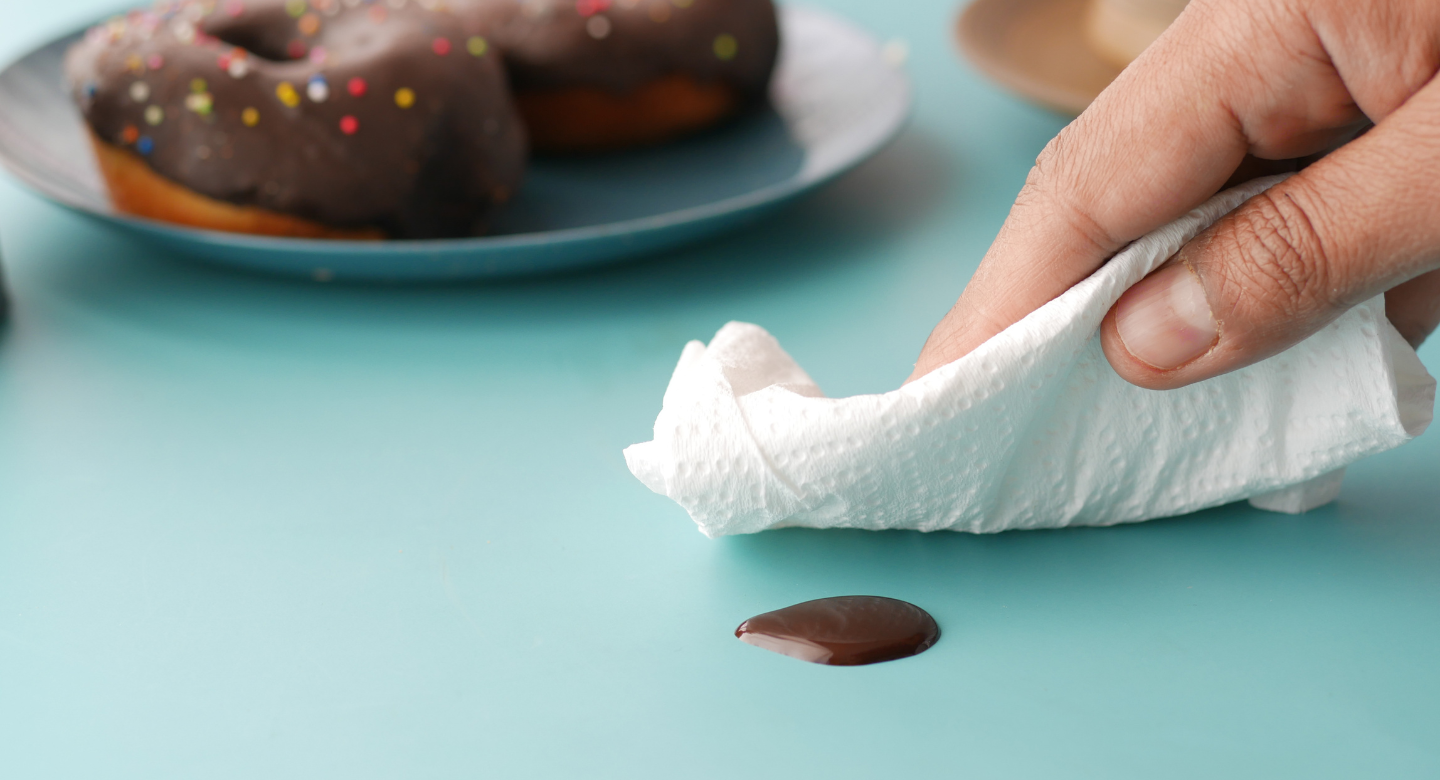
The travel and tourism industry is a major consumer of tissue products, with disposable napkins and tissues featured prominently in nearly every aspect of the travel experience. From the moment travelers board an airplane with its individually wrapped napkins accompanying each beverage service to hotel bathrooms stocked with facial tissues and restaurants providing multiple paper napkins per setting, the consumption adds up quickly. A single international hotel may use over 10,000 facial tissue boxes annually, while a medium-sized restaurant can go through hundreds of napkins daily—numbers that multiply dramatically across global tourism destinations.
When improperly disposed of, tissues and napkins create significant environmental challenges. Though technically biodegradable, most commercial tissues and napkins contain chemical additives, bleaches, and fragrance compounds that can contaminate soil and water systems when discarded in natural environments. In tourism destinations with limited waste management infrastructure, these items often become visual pollution along beaches, trails, and scenic areas. Because tissues and napkins are typically used once and immediately discarded, they represent a particularly inefficient use of resources—trees harvested and processed for mere minutes of utility before becoming waste.
The environmental impact extends beyond waste management issues. Conventional tissue and napkin production contributes to deforestation, with an estimated 10% of global wood pulp harvested specifically for tissue products. This is particularly problematic in regions where ancient forests are cleared for pulp production, resulting in habitat loss and biodiversity reduction. Additionally, conventional manufacturing processes involve chlorine bleaching and other chemical treatments that produce harmful byproducts. By adopting the 3Rs of Sustainability for Tissue and Napkins, travelers can help reduce demand for these resource-intensive products and minimize associated environmental impacts.
How Sustainable Travel Helps

Conscious consumption decisions regarding tissues and napkins can significantly reduce waste and environmental impact during travel. When travelers make deliberate choices to minimize disposable tissue use—such as carrying reusable alternatives or using fewer disposable items when necessary—they not only reduce their individual waste footprint but also demonstrate consumer preferences that can drive industry change. Studies indicate that travelers who implement sustainable practices typically reduce their paper waste by 30-40% compared to conventional tourists.
The benefits of sustainable approaches to tissue and napkin use extend beyond immediate waste reduction. By choosing products with recycled content or those made from rapidly renewable fibers like bamboo, travelers support more sustainable production systems that reduce pressure on forest ecosystems. Additionally, visible sustainable behaviors by tourists can positively influence both fellow travelers and host communities. Research shows that when visitors model sustainable behaviors, it normalizes these practices and can increase similar behaviors among locals and other travelers, creating a ripple effect that amplifies individual actions.
How to Travel Sustainably with Tissue & Napkins
Practical strategies for implementing the 3Rs of Sustainability for Tissue and Napkins begin before departure. Travelers can pack reusable alternatives such as handkerchiefs, cloth napkins, or washable microfiber cloths that take minimal space in luggage but can be used repeatedly throughout the journey. Small wetbags or silicone pouches separate used items until they can be washed. For longer trips, travelers can identify laundry options at their destinations to refresh reusable items as needed.
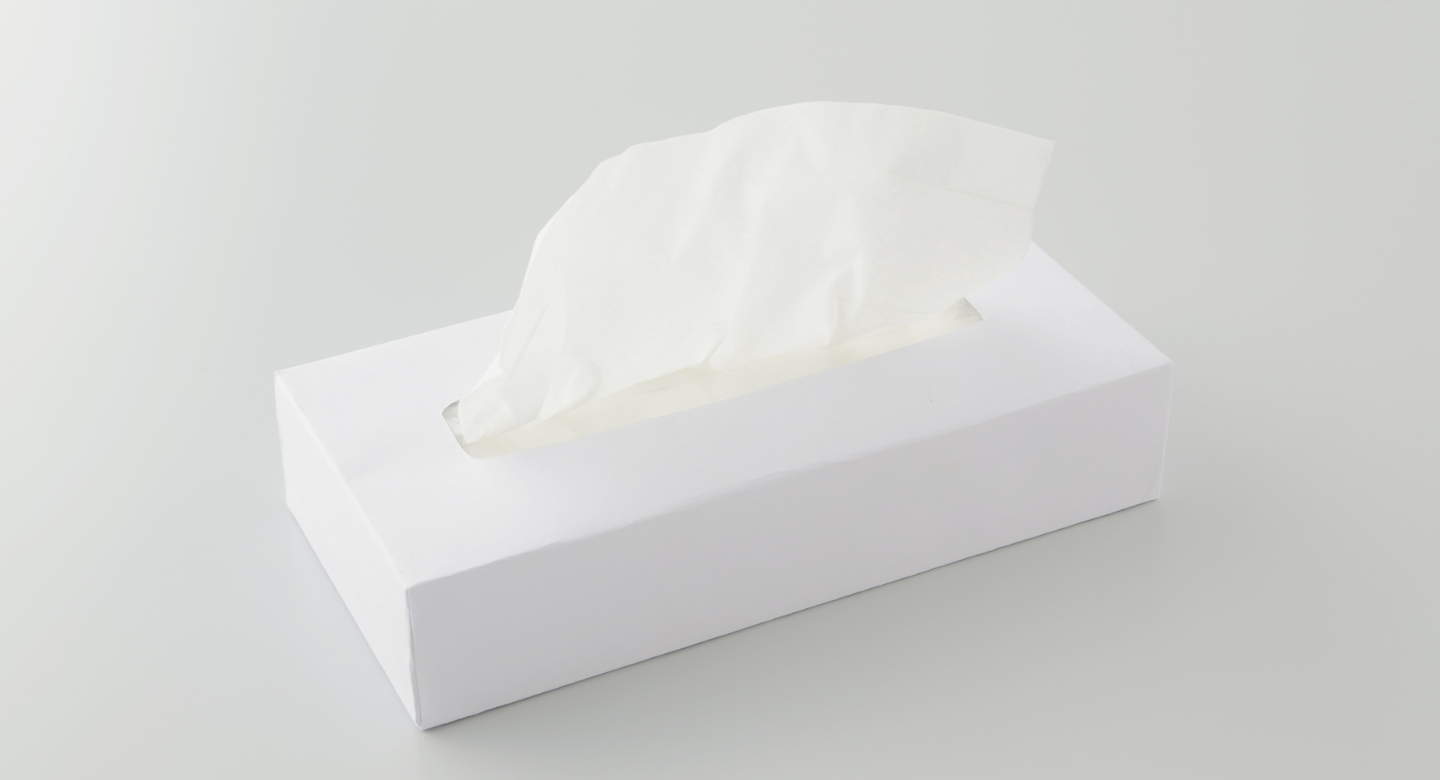
When tissue and napkin use becomes necessary, travelers can make more sustainable choices. Many eco-friendly alternatives now exist, including tissues and napkins made from 100% recycled content, bamboo, wheat straw, or other agricultural byproducts that minimize virgin forest impacts. These products often come in plastic-free packaging and may use non-chlorine bleaching processes. Travelers can also practice mindful consumption by using only what’s necessary—taking a single napkin rather than a handful or using a tissue to its full potential before discarding.
For unavoidable tissue and napkin waste, travelers should familiarize themselves with local waste management systems at their destinations. Many locations now offer composting for unbleached, uncontaminated paper products, while others have specific recycling streams for paper materials. By taking a few moments to understand these systems, travelers can ensure their waste enters the appropriate recovery stream rather than contributing to landfill volume or environmental contamination, completing the cycle of the 3Rs of Sustainability for Tissue and Napkins.
The Role of the 3Rs in Tissue & Napkin Sustainability
1. Reduce: Minimizing Waste Generation from Tissue & Napkins
The most effective component of the 3Rs of Sustainability for Tissue and Napkins is reduction—preventing waste before it occurs. Travelers can significantly decrease tissue and napkin consumption through simple yet effective practices. Carrying a small pack of reusable cloth handkerchiefs or napkins eliminates the need for disposable alternatives in many situations. Modern travel-friendly options include antimicrobial fabrics that resist odors and compact designs that take minimal space in day bags or luggage.

Mindful consumption represents another powerful reduction strategy. When using hotel amenities, travelers can use tissues purposefully rather than automatically pulling multiple sheets. In restaurants, requesting “no napkin” when appropriate or accepting a single napkin rather than the standard multiple units reduces unnecessary waste. Some travelers adopt the practice of carrying their own utensils, eliminating the need for wrapped disposable sets that typically include paper napkins.
Choosing accommodations with sustainable practices further supports reduction efforts. Many forward-thinking hotels have replaced individual tissue boxes with centralized dispensers that reduce waste by controlling portion size. Others have implemented linen napkin programs in their restaurants or provide washable alternatives to disposable paper products. By patronizing these establishments, travelers encourage broader adoption of waste-reducing practices throughout the tourism industry.
2. Reuse: Finding Creative Ways to Repurpose Tissue & Napkins
When travelers do acquire tissues and napkins during their journeys, the second principle of the 3Rs of Sustainability for Tissue and Napkins offers creative approaches to extend their useful life. While pure reuse may be limited by hygiene considerations, many napkins can serve multiple purposes before disposal. A napkin used while eating a non-messy snack might later serve as wrapping for fruit peels or as a protective layer when handling shared surfaces in transit settings.

In accommodations, facial tissues can find extended utility beyond their initial purpose. Clean tissues can serve as makeup removers, lens cleaners, or blotting papers. In outdoor settings, they can become impromptu filters, fire starters (in appropriate settings), or even emergency toilet paper alternatives on remote hikes. Business travelers often use clean napkins to protect devices from dust or as impromptu screen cleaners when proper cloths aren’t available.
For longer stays, travelers have developed particularly creative approaches to tissue and napkin reuse. Artists incorporate these paper products into travel journals or temporary craft projects. Urban foragers use clean napkins to collect edible plants or berries. Campers and outdoor enthusiasts have long recognized the utility of paper products for fire starting, wound dressing, and improvised water filters in emergency situations—extracting maximum utility before disposal.
3. Recycle: Ensuring Proper Recycling of Tissue & Napkins
When reduction and reuse options have been exhausted, the third component of the 3Rs of Sustainability for Tissue and Napkins focuses on appropriate end-of-life management. Clean, unsoiled tissues and napkins can often be recycled with other paper products, though capabilities vary widely by location. Some advanced recycling systems can process clean paper napkins, while others exclude them due to short fiber length and potential contamination concerns.

For soiled tissues and napkins that cannot be recycled, composting may be an environmentally preferable alternative to landfill disposal, especially for unbleached, dye-free products. Many eco-tourism destinations have implemented composting programs specifically for organic waste, including paper products. Some innovative accommodations have even installed on-site composting systems that process guest tissue waste into soil amendments for property landscaping.
Travelers should learn about local tissue and napkin disposal options at their destinations, as practices vary significantly worldwide. Scandinavian countries often include paper tissues in organic waste collection for industrial composting, while Japan separates different types of paper waste with meticulous attention to material categories. Many tourism-dependent regions have developed specialized waste management education aimed at visitors, including pictographic signage to overcome language barriers.
Sustainable Production Practices for Tissue & Napkins
Forward-thinking manufacturers are revolutionizing tissue and napkin production through innovative materials and processes that align with the 3Rs of Sustainability for Tissue and Napkins. Alternative fiber sources including bamboo, agricultural residues like wheat straw, and recycled textiles are increasingly replacing virgin wood pulp. These alternatives grow more rapidly than trees and often require fewer resources, reducing the environmental footprint of tissue products.
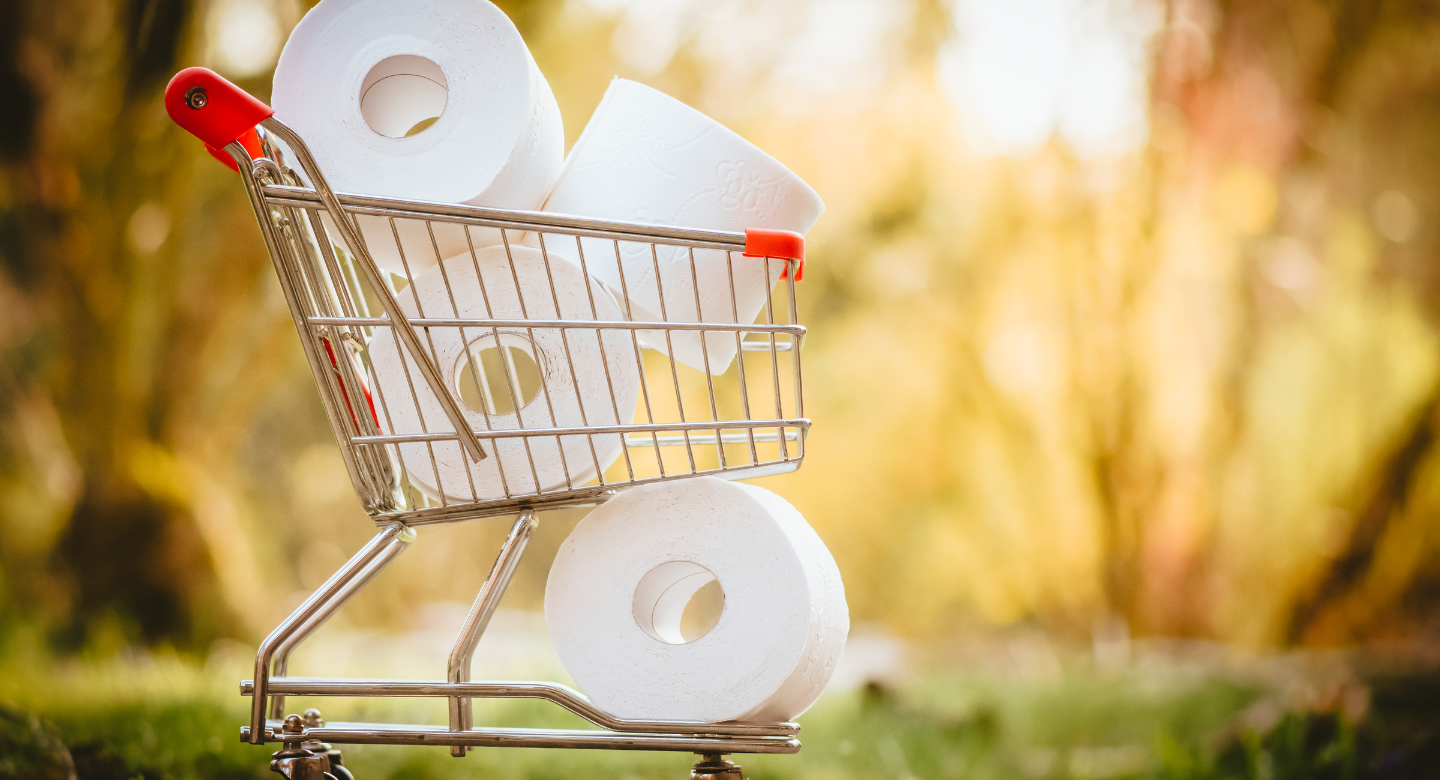
Production processes have also evolved to reduce environmental impact. Chlorine-free bleaching technologies eliminate harmful dioxin production, while closed-loop manufacturing systems recapture and reuse water and chemicals multiple times. Energy efficiency improvements and renewable energy integration at production facilities have significantly reduced the carbon footprint of tissue manufacturing. Some leading producers have achieved carbon-neutral certification through a combination of process improvements and offset initiatives.
Packaging innovations further enhance sustainability throughout the supply chain. Plastic film wraps are being replaced with paper-based alternatives or eliminated entirely through innovative dispensing systems. Bulk packaging options reduce overall material needs, while concentrated products like “compressed” toilet tissue reduce transportation emissions by maximizing product quantity per shipping volume. These production advances complement consumer-focused implementation of the 3Rs of Sustainability for Tissue & Napkins.
Regulatory Insights & Industry Standards in India
India has developed comprehensive regulatory frameworks addressing tissue and napkin sustainability within its growing tourism industry. The Solid Waste Management Rules, updated in 2016 and amended in 2021, classify paper waste and establish specific handling requirements. For commercial establishments like hotels and restaurants, these regulations mandate waste segregation and appropriate processing of different waste streams, including paper products.

The Indian tourism sector has developed industry-specific standards complementing these regulations. The Sustainable Tourism Criteria for India (STCI) includes specific waste management provisions for accommodations, with performance metrics tracking paper product consumption and waste generation. The Indian Green Building Council’s certification programs reward hospitality businesses that implement exemplary tissue and napkin waste reduction systems, creating competitive advantages for sustainability leaders.
Government initiatives provide additional support for sustainable tissue and napkin practices. The Swachh Bharat (Clean India) Mission has funded waste management infrastructure in tourist areas, while national campaigns promote waste reduction and proper disposal. In major tourism destinations like Kerala and Rajasthan, tourism associations have established supplier networks that provide access to more sustainable tissue products, making it easier for businesses to implement the 3Rs of Sustainability for Tissue & Napkins.
Carbon Footprint Analysis of Tissue & Napkins
The environmental impact of tissues and napkins varies significantly based on production methods, materials, and end-of-life management. Conventional virgin wood pulp tissues typically generate the highest carbon footprint—approximately 3 kg CO2 equivalent per kilogram of product—due to forest impacts, chemical processing, and bleaching. Recycled content tissues reduce this impact by roughly 40%, while alternative fiber sources like bamboo may offer further reductions of 50-70% compared to virgin wood pulp.
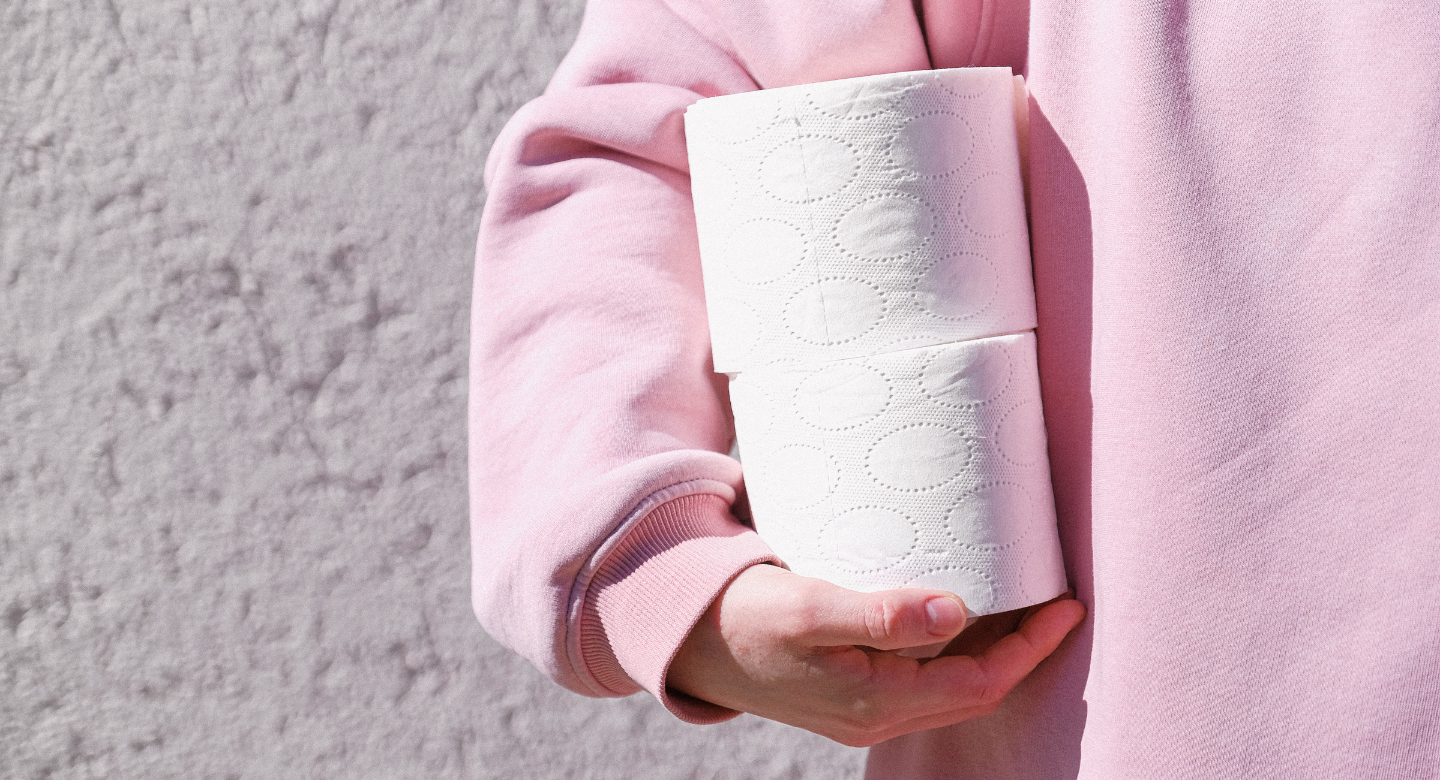
Transportation impacts add variable emissions depending on the distance between production and consumption points. For tourism products, these impacts can be substantial when tissues and napkins travel globally before use. The lightweight nature of these products creates efficiency challenges, as shipping containers may reach volume capacity before weight limits, potentially increasing per-unit emissions. Compressed products and bulk packaging can partially mitigate these impacts.
End-of-life scenarios dramatically affect the overall environmental performance of tissues and napkins. When composted in appropriate facilities, these products can return nutrients to soil systems and sequester carbon. When landfilled, they typically decompose anaerobically, potentially generating methane—a potent greenhouse gas. When incinerated in waste-to-energy facilities, they produce energy while generating emissions. These variations highlight the importance of destination-appropriate disposal within the 3Rs of Sustainability for Tissue & Napkins framework.
Case Studies & Real-World Impact
Innovative approaches to tissue and napkin sustainability have emerged in tourism destinations worldwide. In Japan’s Hakone region, a collection of ryokan (traditional inns) collaborated to develop a handkerchief-sharing program that reduces disposable tissue use among visitors. Participating accommodations provide guests with locally-crafted tenugui (traditional hand towels) upon arrival, along with information about the environmental benefits of reusable alternatives. This program has reduced tissue waste by approximately 60% while creating a cherished souvenir opportunity for visitors.
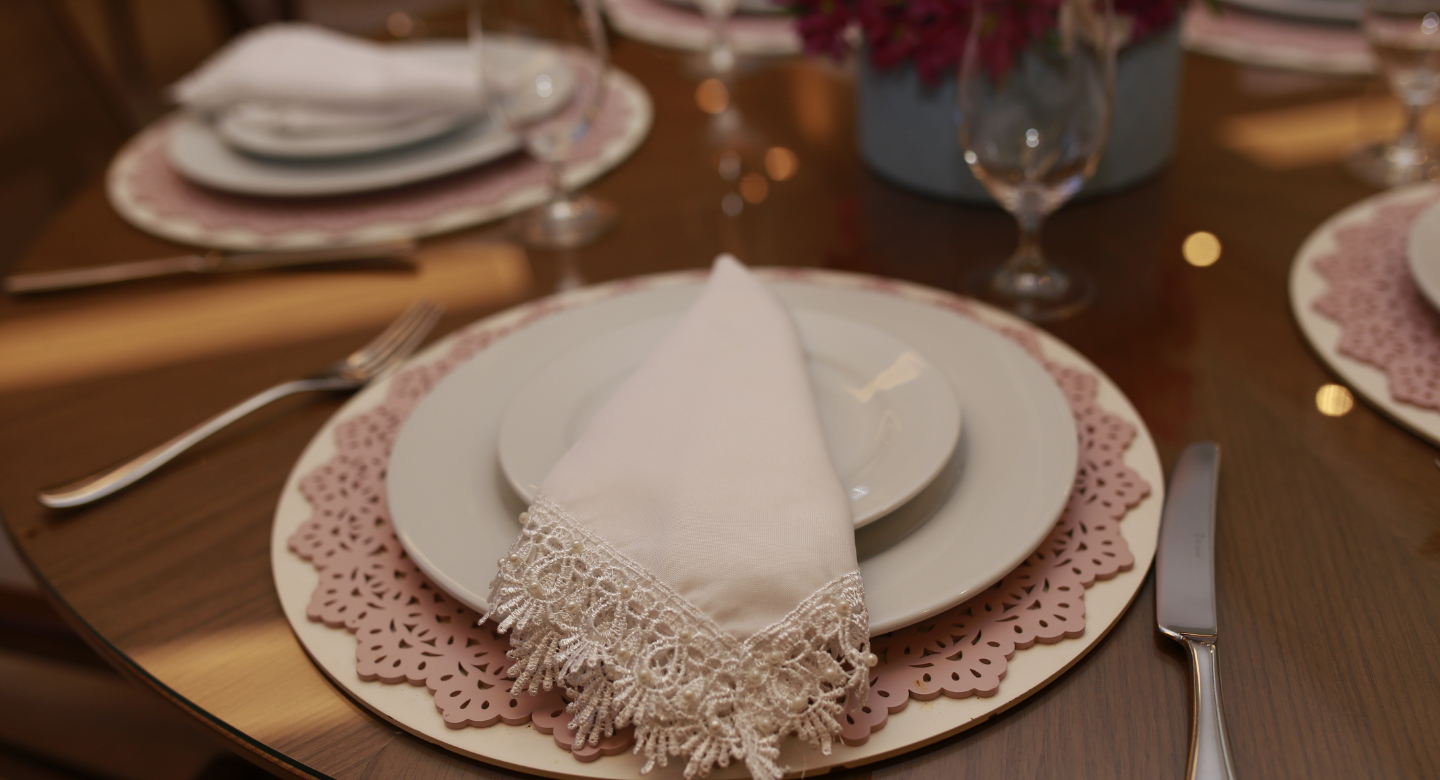
The Hawaiian island of Kauai has pioneered a “Tissues-to-Soil” initiative uniting accommodations, waste management authorities, and agricultural operations. Under this program, certain hotels collect guest tissue waste separately and send it to a specialized composting facility that processes the material into soil amendments for local farms. Since implementation, the program has diverted over 5 tons of tissue waste from landfills while producing valuable agricultural inputs for an island with limited resources.
Corporate leadership has also advanced tissue and napkin sustainability in travel contexts. Scandinavian Airlines has replaced conventional napkins with ultra-lightweight alternatives made from recycled materials, reducing paper consumption by 35% while maintaining functionality. Select Marriott properties have implemented napkin-free options in their restaurants, providing guests with oshibori (hot towels) as an elegant, reusable alternative that enhances the dining experience while eliminating paper waste. These success stories demonstrate the practical application of the 3Rs of Sustainability for Tissue & Napkins across diverse tourism contexts.
Actionable Steps for Travelers & Outdoor Enthusiasts to Reduce Tissue & Napkin Waste
Travelers can implement numerous practical strategies to improve tissue and napkin sustainability during their journeys:

- Pack a set of reusable handkerchiefs or cloth napkins appropriate for your destination’s climate and laundry access.
- Carry a small wetbag or silicone pouch to store used cloth items until washing opportunities arise.
- When tissues are necessary, choose products with recycled content or alternative fibers like bamboo.
- Take only the napkins you’ll actually use at restaurants, cafés, and food service establishments.
- Research and patronize accommodations with tissue and napkin reduction programs.
- Learn destination-specific disposal guidelines for paper products before arrival.
- Use digital resources like travel apps that identify laundry facilities at destinations.
- Participate in beach or trail clean-ups that often find abandoned paper products in natural areas.
- Share sustainable tissue and napkin practices on social media to normalize these behaviors.
- Provide feedback to travel service providers about excessive tissue and napkin distribution.
These individual actions, when multiplied across millions of travelers, represent significant potential for reducing the environmental footprint of tourism while preserving the quality of destinations for future visitors. By implementing these strategies, travelers can personally contribute to the 3Rs of Sustainability for Tissue & Napkins during their journeys.
Conclusion: The Future of Tissue & Napkin Sustainability
The evolution of tissue and napkin sustainability in tourism contexts requires coordinated efforts across multiple stakeholders—from manufacturers and hospitality businesses to destination managers and individual travelers. Emerging technologies promise significant advancements, including enzyme-based recycling that can process contaminated paper products and innovative fiber sources derived from captured carbon or regenerative agriculture. Antimicrobial treatments for reusable alternatives may further extend their utility while addressing hygiene concerns in travel settings.
The 3Rs of Sustainability for Tissue & Napkins remains the fundamental approach guiding these innovations and individual actions. By prioritizing waste prevention through reusable alternatives, finding creative second uses for necessary paper products, and ensuring appropriate disposal within local waste systems, travelers can significantly reduce their environmental impact while maintaining hygiene and convenience. As sustainable tourism grows from niche interest to mainstream expectation, tissue and napkin practices will continue evolving to meet both practical needs and environmental responsibilities.
The most promising development may be the growing recognition that tissue and napkin sustainability represents a shared responsibility rather than an individual burden. Destination management organizations increasingly provide infrastructure supporting sustainable choices, while manufacturers redesign products with environmental considerations throughout their lifecycle. These systemic changes, combined with individual traveler awareness, create the conditions for truly sustainable tissue and napkin practices that protect the places we love to visit while enhancing rather than diminishing the travel experience. Through consistent application of the 3Rs of Sustainability for Tissue & Napkins, the tourism industry can become a leader in environmental stewardship while providing memorable, comfortable experiences for generations to come.
Discover More Such Blogs:
3Rs of Sustainability for Food Containers
3Rs of Sustainability for Single-Use Packaging
3Rs of Sustainability for Glass Bottles
Frequently Asked Questions (FAQs) About 3Rs of Sustainability for Tissue & Napkins
What do the 3Rs of sustainability mean in relation to tissues and napkins?
The 3Rs—Reduce, Reuse, and Recycle—are key principles for minimizing waste and conserving resources. When applied to tissues and napkins, “Reduce” involves limiting their usage or switching to alternatives like cloth napkins. “Reuse” encourages using washable cloth napkins multiple times instead of single-use paper ones. “Recycle” is more complex, as most used tissues and napkins cannot be traditionally recycled due to contamination, but some can be composted if made from natural fibers.
How can I reduce my use of tissues and napkins?
You can reduce tissue and napkin usage by opting for reusable cloth alternatives, using tissues only when necessary, and practicing mindful consumption. For example, using a handkerchief instead of tissues or using one napkin for multiple small clean-ups can significantly cut down waste. Choosing quality cloth napkins for home or dining settings can also help reduce dependence on disposables.
Are tissues and paper napkins reusable?
Most tissues and paper napkins are designed for single use, especially those used for hygiene purposes. However, some thicker or decorative paper napkins can be reused once or twice if they remain clean. For a sustainable solution, cloth napkins and handkerchiefs are highly reusable and can be washed after each use, making them a more eco-friendly option.
Can tissues and napkins be recycled?
In most cases, used tissues and napkins are not recyclable, especially when they are soiled with food, oils, or bodily fluids, as contamination interferes with the recycling process. Clean, unused or lightly used napkins may be recyclable in some locations, but it’s best to check local recycling guidelines. Composting is often a better option if the napkins are made from natural, non-bleached paper.
What should I do with used tissues and napkins if I can’t recycle them?
If tissues and napkins can’t be recycled, the next best sustainable option is composting. Unbleached and fragrance-free tissue paper made from natural fibers can break down easily in a home or municipal compost bin. If composting isn’t possible, disposing of them in general waste is the last resort, but try to reduce usage to minimize environmental impact.
Are there eco-friendly alternatives to disposable tissues and napkins?
Yes, several eco-friendly alternatives exist. Reusable cloth napkins and cotton handkerchiefs are excellent options. If you must use disposable products, look for tissues and napkins made from 100% recycled paper, unbleached, and FSC-certified materials. These are better for the planet and often come in minimal or compostable packaging.
Is it hygienic to use reusable cloth napkins or handkerchiefs?
Absolutely, as long as they are washed regularly. Reusable cloth napkins and handkerchiefs can be just as hygienic as disposable ones when cleaned properly. Use hot water and eco-friendly detergent, and store them in clean, dry places. They not only reduce waste but also often feel softer and more durable compared to paper alternatives.
Can I compost used tissues and napkins?
Yes, you can compost used tissues and napkins if they are free from synthetic additives like lotion, fragrance, or bleach. Those used for food spills or drying hands are compostable, but avoid composting tissues contaminated with chemicals, cleaning products, or bodily fluids. Always check whether your compost system allows paper products and follow its guidelines.
How does reducing the use of tissues and napkins help the environment?
Reducing tissue and napkin use helps by conserving natural resources, especially trees and water used in paper production. It also lowers greenhouse gas emissions related to manufacturing and waste disposal. By cutting back on disposables, you reduce the volume of landfill waste and encourage a shift toward more sustainable consumption habits.
What can businesses do to follow the 3Rs with tissues and napkins?
Businesses can promote sustainability by using recycled, unbleached tissues and napkins, offering cloth napkin options in dining areas, and minimizing unnecessary usage by providing dispensers that limit excess. They can also educate employees and customers about responsible usage and implement composting programs where feasible. These practices reduce costs, improve brand image, and contribute positively to the environment.


